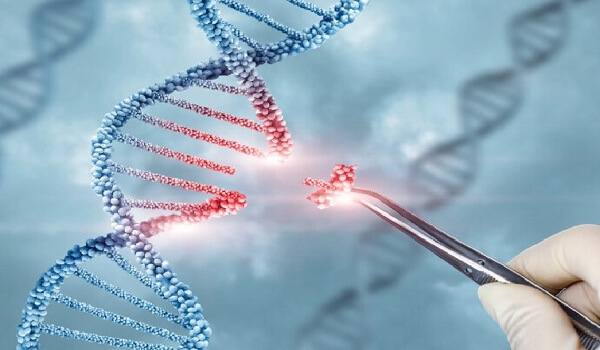The United Kingdom’s drug regulator has approved the world’s first gene therapy treatment for sickle cell disease and thalassemia.The Medicines and Healthcare Regulatory Agency said it has approved Casgevi for patients aged 12 years and older with sickle cell disease and thalassemia.
Casgevy Therapy Work
- Both sickle cell disease and thalassaemia are caused by errors in the gene for haemoglobin(Hb), a protein in the red blood cells that carry oxygen to organs and tissues.
- The therapy uses the patient’s own blood stem cells, which are precisely edited using CRISPR-Cas9.
- A gene called BCL11A, which is crucial for switching from foetal to adult haemoglobin, is targeted by the therapy.
- Foetal haemoglobin, which is naturally present in everyone at birth, does not carry the same abnormalities as adult haemoglobin.
- The therapy uses the body’s own mechanisms to start producing more of this foetal haemoglobin, alleviating the symptoms of the two conditions.
- Casgevy involves a single treatment wherein blood stem cells are extracted via apheresis and then edited over approximately six months before being reintroduced into the patient.Apheresis is a medical procedure that involves removing specific components from blood and returning the rest to the body.
Sickle Cell Disease and Thalassaemia
Sickle Cell Disease
- Sickle cell disease is a genetic blood disorder characterized by an abnormality in hemoglobin, the protein responsible for carrying oxygen in red blood cells.
- It causes red blood cells to adopt a sickle or crescent shape, hindering their movement through vessels, leading to potential complications like severe pain, infections, anaemia, and strokes.
- In India alone, an estimated 30,000-40,000 children are born with sickle cell disease annually.
- Types: It encompasses various types, each dependent on the inherited genes from parents, all encoding abnormal hemoglobin. The most prevalent forms of SCD include:
- HbSS (Sickle Cell Anemia): Individuals inherit two “S” genes, one from each parent, resulting in abnormal hemoglobin “S.”
- This type often leads to severe manifestations characterized by rigid, sickle-shaped red blood cells.
- HbSC: Inheriting an “S” gene from one parent and a different abnormal hemoglobin, “C,” from the other, leads to this milder variant of SCD.
- HbS Beta Thalassemia: This form arises from inheriting an “S” gene from one parent and a beta thalassemia gene from the other.
- The severity varies based on the type of beta thalassemia inherited either “zero” (HbS beta0) or “plus” (HbS beta+), with the former typically resulting in a severe form and the latter in a milder manifestation.
Thalassaemia
- Similar to sickle cell disease, individuals with thalassaemia experience severe anaemia due to low haemoglobin levels, necessitating lifelong blood transfusions and chelation therapy to manage iron accumulation.
- Major symptoms include fatigue, paleness or jaundice, shortness of breath, delayed growth, facial bone deformities (in severe cases) among others.

